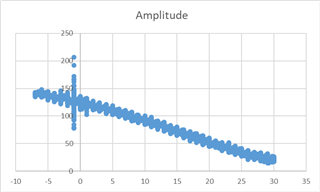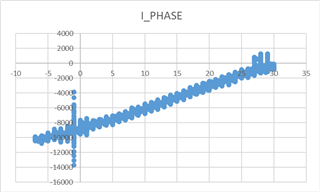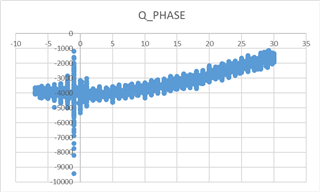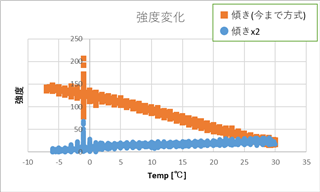I'm currently evaluating the precision of distance measure in weak amplitude.
I've took the raw data of I/Q-Phase and was expecting some linear data.
But they appeared like this:
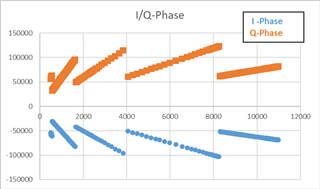
(x-axis: amplitude; y-axis: i/q-phase)
And I was expecting this:
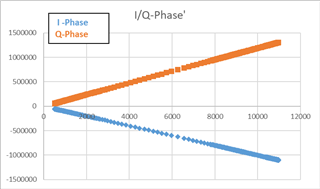
(x-axis: amplitude; y-axis: i/q-phase)
How to get the scale of the raw I/Q-Phase so I can adjust them to be linear over the amplitude like the graph above?


